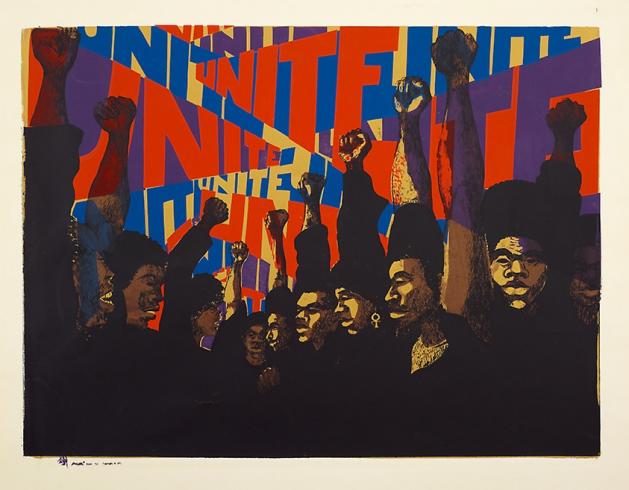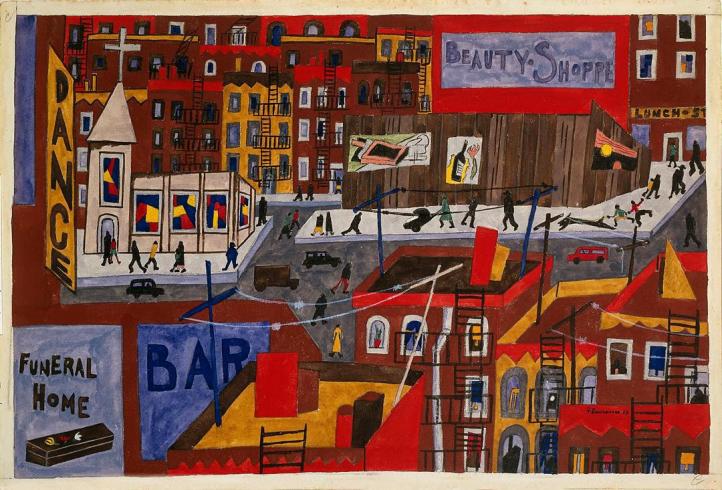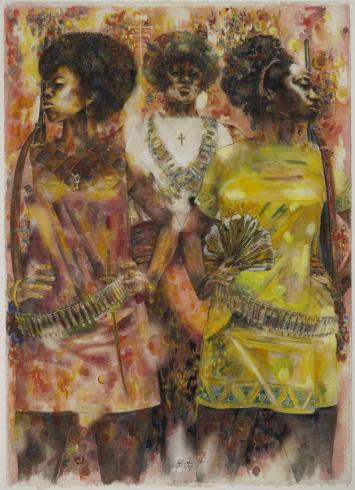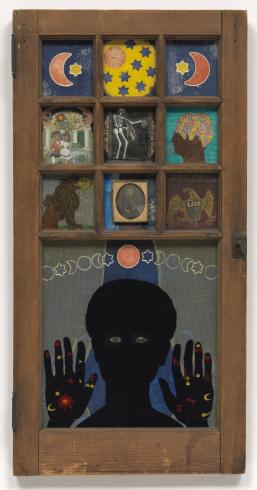The Legacy of the Harlem Renaissance
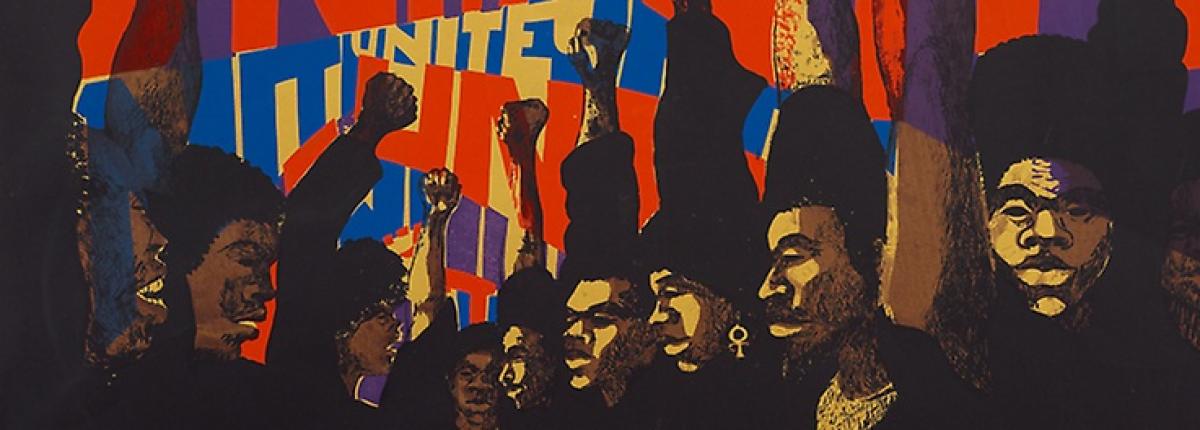
Part 1: The Legacy of the Harlem Renaissance
Introduce:
- Briefly introduce Langston Hughes:
- Hughes was a prominent leader of the Harlem Renaissance, which was an artistic movement that emerged in the 1910s-1930s.
- Hughes was a poet, social activist, and writer whose work focused on portraying the experiences of Black life in America.
- We will look at one of his essays that focused on the struggle of the Black artist in America.
- Individually, students read the first paragraph of Langston Hughes’s essay.
- Prior to reading the paragraph, explain to students that the word “negro” was a term used in the past to describe black people; today, Black is considered a more accepted term to use.
- In groups of 3-4, have students discuss their responses to the following questions:
- Why do you think Hughes felt sorry for the poet who said he didn’t want to be a Negro poet? Explain your answer.
- In your own words, what is “the mountain” that stands in the way of Black art?
- Based on reading this one paragraph, what are some of the obstacles that Black artists have faced?
- Building upon Hughes’s writing, what do you think makes an artist great?
- Allow students to share their responses in a whole group discussion.
- Provide some historical context for Hughes’s essay and the lasting legacy of his words:
- Harlem Renaissance artists focused on themes such as the influence of slavery, Black identity, community, and the everyday experience of Black people. When the United States entered the Great Depression, the Harlem Renaissance faded.
- About two decades later, in the 1950s, the Civil Rights movement began. This movement was a fight for Black people to be treated equally in the United States. During this time, the Black Arts Movement emerged in the 1960s-1970s.
- The Harlem Renaissance and the Black Arts Movement both celebrated the rich culture and beauty of Black people. They enabled artists to be themselves and express their personal realities. The Black Arts Movement, however, focused more on political action.
- Tie the concepts of the Harlem Renaissance and the Black Arts Movement back to the Hughes essay, specifically how Black artists should be proud of and celebrate their lives and history rather than trying to be more like white artists.
Part 2: Becoming Researchers
Investigate:
- In groups of 3-4, students will conduct research and answer the questions:
- Who were some of the artists of the Harlem Renaissance?
- How does their artwork express the experiences of black people?
- Who were some of the artists of the Black Arts Movement?
- How does their artwork express the experiences of Black people?
- What similar themes are expressed in the artwork of both the Harlem Renaissance and the Black Arts Movement?
- Who were some of the artists of the Harlem Renaissance?
- Provide students with some guidelines for conducting research:
- Use this lesson from Teaching Tolerance to teach students about reliable sources.
- Direct them to this site to get started searching on reliable databases.
- After their investigation, each group will share their responses to the questions. Compile the responses from question #3 into one master class list so that students can select a theme for their own artwork in the final part of the lesson.
Part 3: Themes of the Harlem Renaissance
- Have students select one of the themes of the Harlem Renaissance and/or Black Arts Movement.
- After selecting a theme, students will create their own artistic work - visual, written prose, or music - that represents that theme. Student artwork should be based on their everyday experiences with that theme.
- Teacher’s Note: Depending on what students choose to create, you should have several different materials on hand for visual, written prose, and music. See the materials list for different options. If you do not have some of these materials readily available, you can limit the options for what students should create.
- Use these additional images for inspiration.
- Betye Saar’s Black Girl’s Window (1969) shows a young woman dealing with her past and dreaming about a future, which connects with history’s role in shaping people
- Jacob Lawrence’s This is Harlem (1943) depicts the real, everyday experiences of black people living in Harlem
- Jeff Donaldson’s Wives of Shango (1969) celebrates the noble African ancestry and rich history of black people
- Create a classroom gallery titled “The Legacy of the Harlem Renaissance.” For musical compositions, create a listening station as part of the gallery.
Additional Context
Lesson Context
The Harlem Renaissance was an artistic explosion of visual arts, music, literature, theater, and dance. From the 1910s to mid-1930s, the neighborhood of Harlem in New York City became a hub of African American culture. Artists who emerged during this time strived to express their racial identity and pride through their art.
Unfortunately, the Harlem Renaissance ebbed during the Great Depression, but its legacy is profound. The Harlem Renaissance set the stage for the Civil Rights Movement and the Black Arts Movement of the 1950s-1970s.
Key Terms
Black Arts Movement: Black activists and artists led this movement during the 1960s and 1970s, following the Civil Rights Movement. The Black Arts Movement is most well-known for poetry, but it also included literature, visual arts, theatre, music, and other art forms.The art that emerged during this time expressed a strong sense of black pride and power.
Civil Rights Movement: This movement fought for equality and social justice for black people to gain equal rights under the law in the United States. From the 1950s to the 1960s, black people and their allies worked together to end discrimination, segregation, and the violence experienced by black people. Key leaders included Martin Luther King Jr., Malcolm X, Rosa Parks, Ella Baker, John Lewis, Stokely Carmichael, James Baldwin, Thurgood Marshall, Ralph Abernathy, Medgar Evers, Septima Poinsette Clark, Diane Nash, Daisy Bates, Fannie Lou Hamer, Ruby Bridges, and Claudette Colvin
Harlem Renaissance: The largest concentration of African Americans who migrated during the Great Migration moved to Harlem. From the 1910s to mid-1930s, the neighborhood of Harlem in New York City became a hub of African American culture, with an explosion of literature, music, theater, and the arts.
